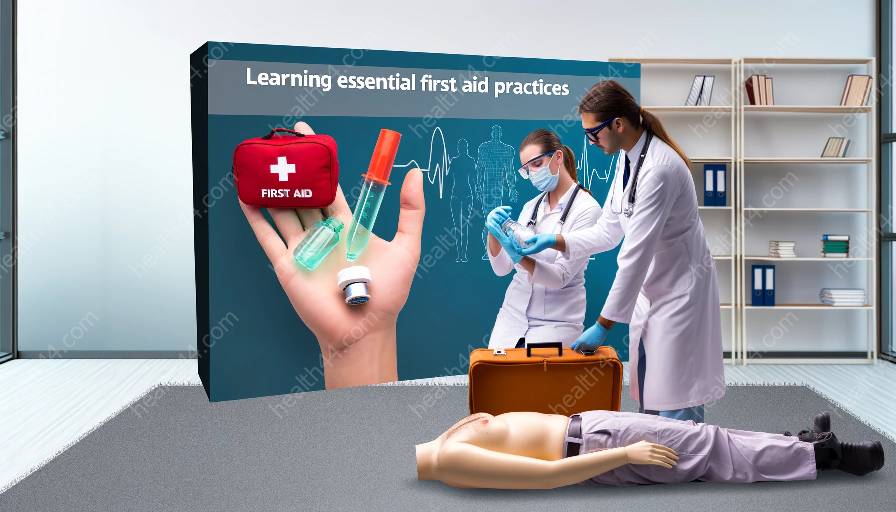Childbirth is a beautiful and natural process, but sometimes emergencies can arise, requiring immediate assistance. In this guide, we will explore how to provide emergency childbirth assistance in a real, attractive, and actionable way. This information is compatible with first aid principles and is essential for those involved in health education and medical training.
Understanding Emergency Childbirth
Emergency childbirth refers to the delivery of a baby in an unplanned or unexpected situation, often occurring outside of a medical facility. Such emergencies can occur due to various reasons, including unexpected labor, transportation delays, or inability to reach a healthcare facility in time.
It is crucial to understand that emergency childbirth situations require quick thinking, calmness, and the ability to assess and provide assistance in a high-stress environment.
First Aid Principles in Emergency Childbirth
First aid principles play a significant role in emergency childbirth assistance. Individuals trained in first aid are equipped to assess the situation, provide initial care, and ensure the safety and well-being of both the mother and the newborn.
Key elements of first aid in emergency childbirth include maintaining a calm and supportive environment, assessing the progress of labor, and identifying any complications that may arise. Additionally, knowledge of basic medical tools and supplies, such as clean towels, gloves, and sterile scissors, is crucial for providing effective assistance.
Stages of Emergency Childbirth
- Stage 1: Labor
Labor begins with the onset of contractions and continues until the cervix is fully dilated. During this stage, it is important to keep the mother comfortable, monitor the frequency and duration of contractions, and encourage deep breathing and relaxation techniques.
- Stage 2: Delivery
During this stage, the mother will begin pushing, and the baby will be born. It is essential to provide support, guidance, and assistance as needed. Ensuring a clean and safe environment for the delivery is crucial, and any complications should be addressed with appropriate actions based on the training and knowledge of the first responder.
- Stage 3: Placenta Delivery
Following the birth of the baby, the placenta must be delivered. This stage requires monitoring for any signs of excessive bleeding and providing comfort and support to the mother.
Providing Medical Training and Health Education
Those involved in health education and medical training should prioritize the inclusion of emergency childbirth assistance in their curriculum. Understanding the processes involved in emergency childbirth, recognizing potential complications, and providing effective assistance are vital skills for healthcare professionals, first responders, and individuals involved in community health initiatives.
By incorporating emergency childbirth assistance in medical training and health education programs, individuals can gain the knowledge and confidence needed to respond effectively in emergency situations, ultimately improving outcomes for both mothers and newborns.
Conclusion
Emergency childbirth assistance is a crucial skill set that aligns with first aid principles and is essential for those involved in health education and medical training. By understanding the stages of emergency childbirth, incorporating first aid principles, and providing comprehensive medical training and health education, individuals can effectively assist in emergency childbirth situations, potentially saving lives and ensuring positive outcomes for mothers and newborns.



